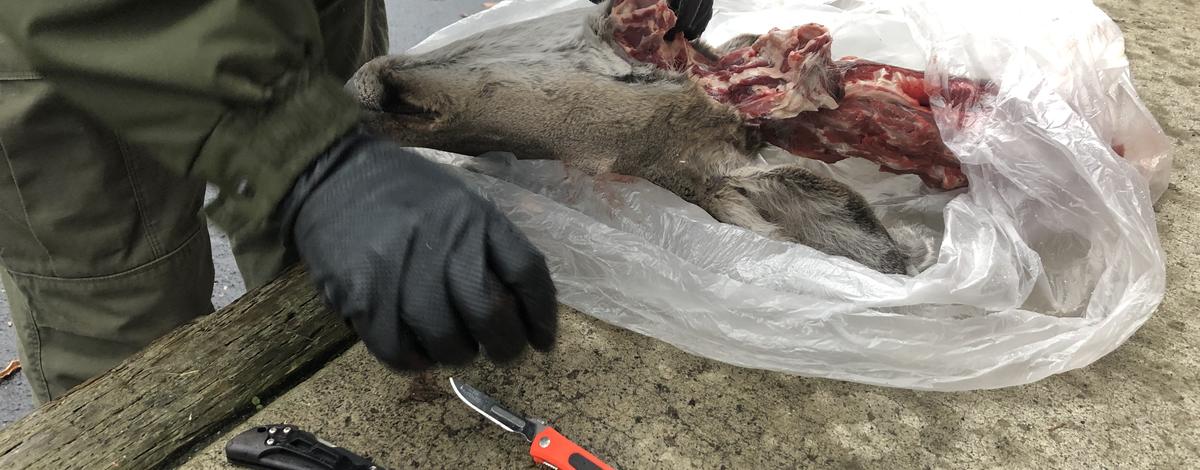With most general white-tailed deer seasons opening this weekend, hunters are reminded that they play a significant role in monitoring for chronic wasting disease (CWD) and more samples are needed! Idaho Fish and Game is hoping to acquire as many samples as possible to help with monitoring efforts in the Clearwater region.
Chronic Wasting Disease is a slow-moving, fatal neurological disease of deer, elk and moose. Idaho Fish and Game has tested lymph nodes from deer since 1997 looking for CWD. Chronic Wasting Disease has not been detected in Idaho, but it is present in bordering states. Testing samples from deer is the first line of defense in monitoring Idaho’s wildlife for CWD and hunters play a vital role in this effort.
Harvested animals can be tested for CWD by collecting the retropharyngeal lymph nodes, which are where much of the infectious protein concentrates in infected animals. Hunters can collect their own samples and either drop samples off at a regional office or mail the sample into the wildlife health lab for testing. Sample bags can be acquired by contacting the regional office.
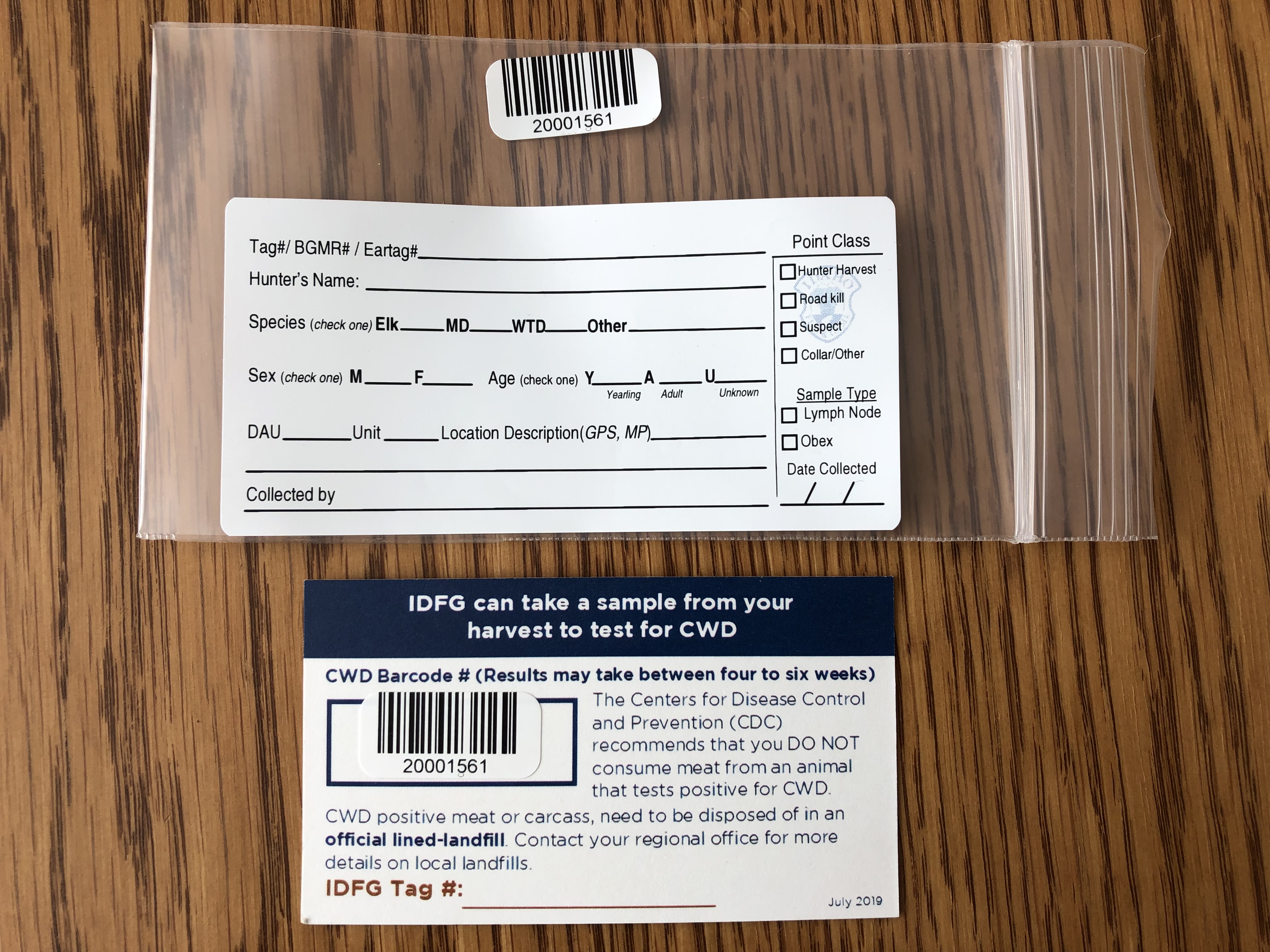
Wildlife staff is also willing and available to collect samples from deer heads. In the Clearwater region, hunters can drop off their deer heads or lymph node samples at the regional IDFG office, 3316 16th St. in Lewiston for testing anytime during business hours 8am-5pm, Mon-Fri excluding holidays. Contact the Clearwater regional office for more information at (208) 799-5010.
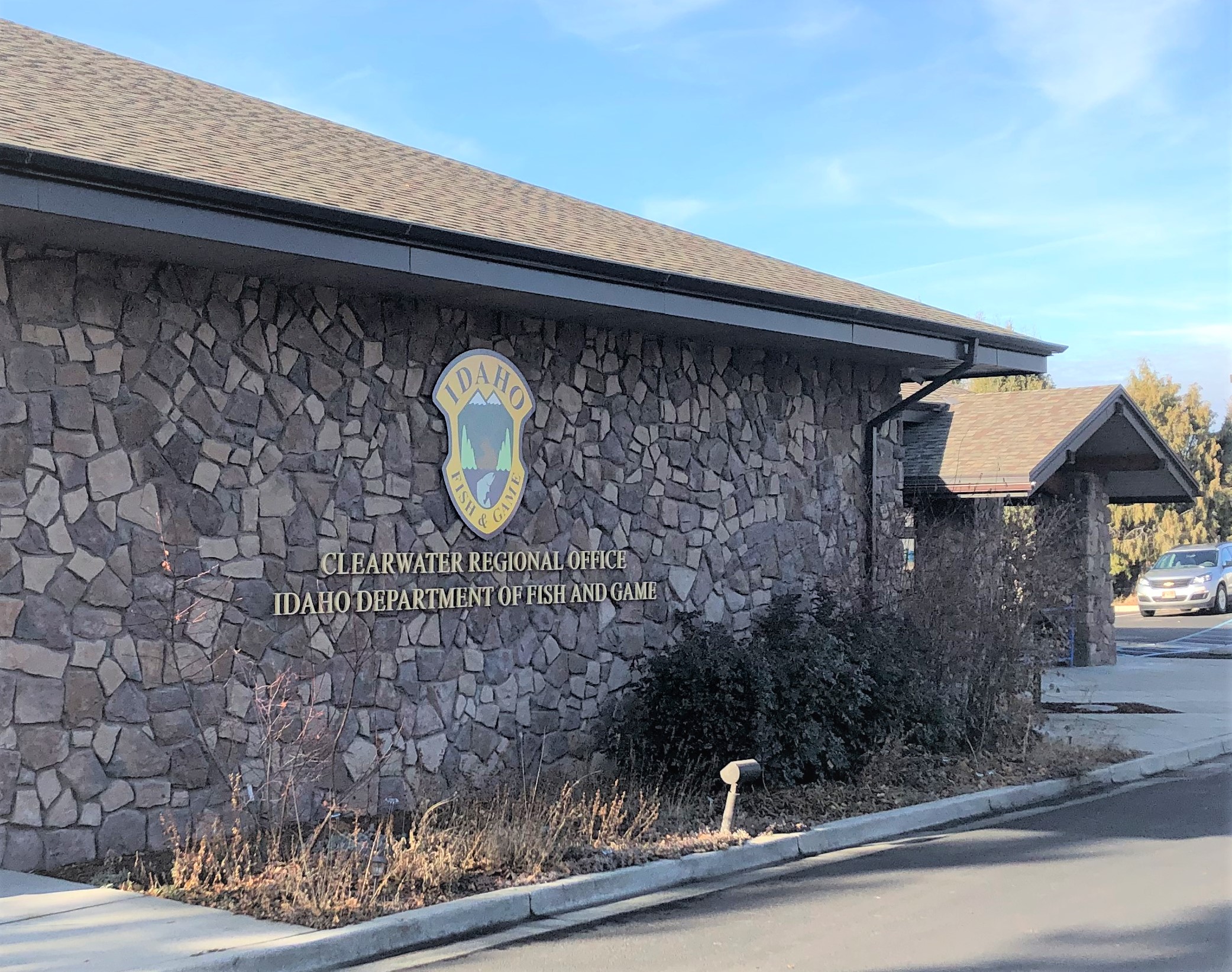
There is no evidence CWD is transmissible to humans. Hunters wanting to sample their own animals, should consider simple precautions when extracting lymph nodes from deer, elk or moose.
• Wear protective gloves.
• Avoid handling brain and spinal tissues.
• Wash hands and instruments thoroughly after the process is completed.
Lymph nodes can be extracted easily with a field knife, but some other useful tools may include:
• A scalpel
• Tweezers or pliers
• A small sealable bag for storing the samples
Lymph nodes are easiest to find in freshly killed animals because the tissue’s texture and coloration will change with time. Extracting the lymph nodes before removing the head from the carcass will ensure they aren’t inadvertently discarded.
Begin by positioning the animal with the head and neck facing up on a tailgate or other workable surface.
Next, identify the larynx, or voice box, on the front of the neck. You’ll notice a firm edge at the base of the larynx. This is the best location for making an incision. Cutting too closely behind the jaw may leave the lymph nodes in the larger portion of the carcass, making them harder to find.
Make an incision perpendicular to the neck. Cut through the wind pipe and angle downward toward the back of the ears. Widen the incision until you reach the bones connecting the head to the body.
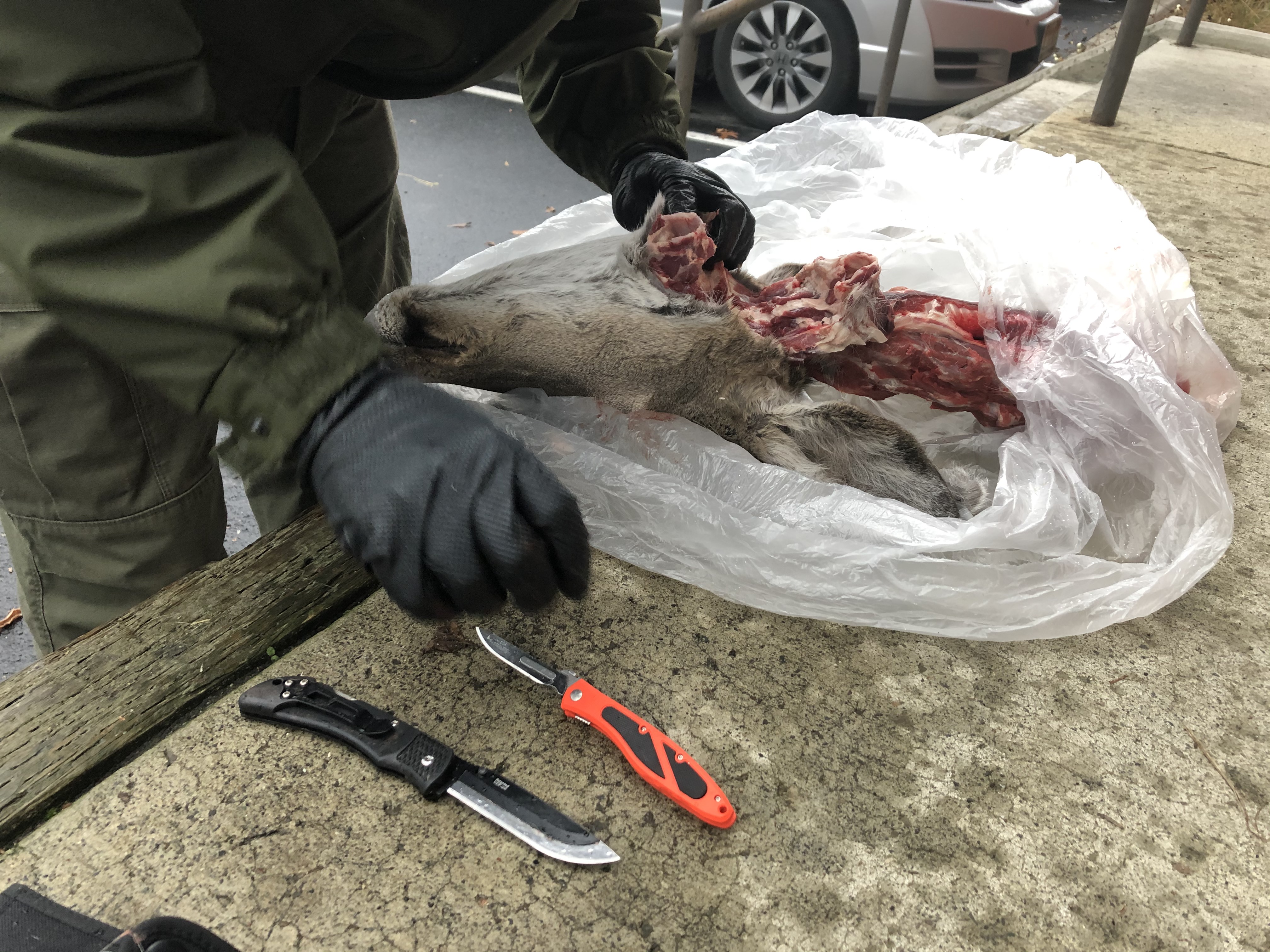
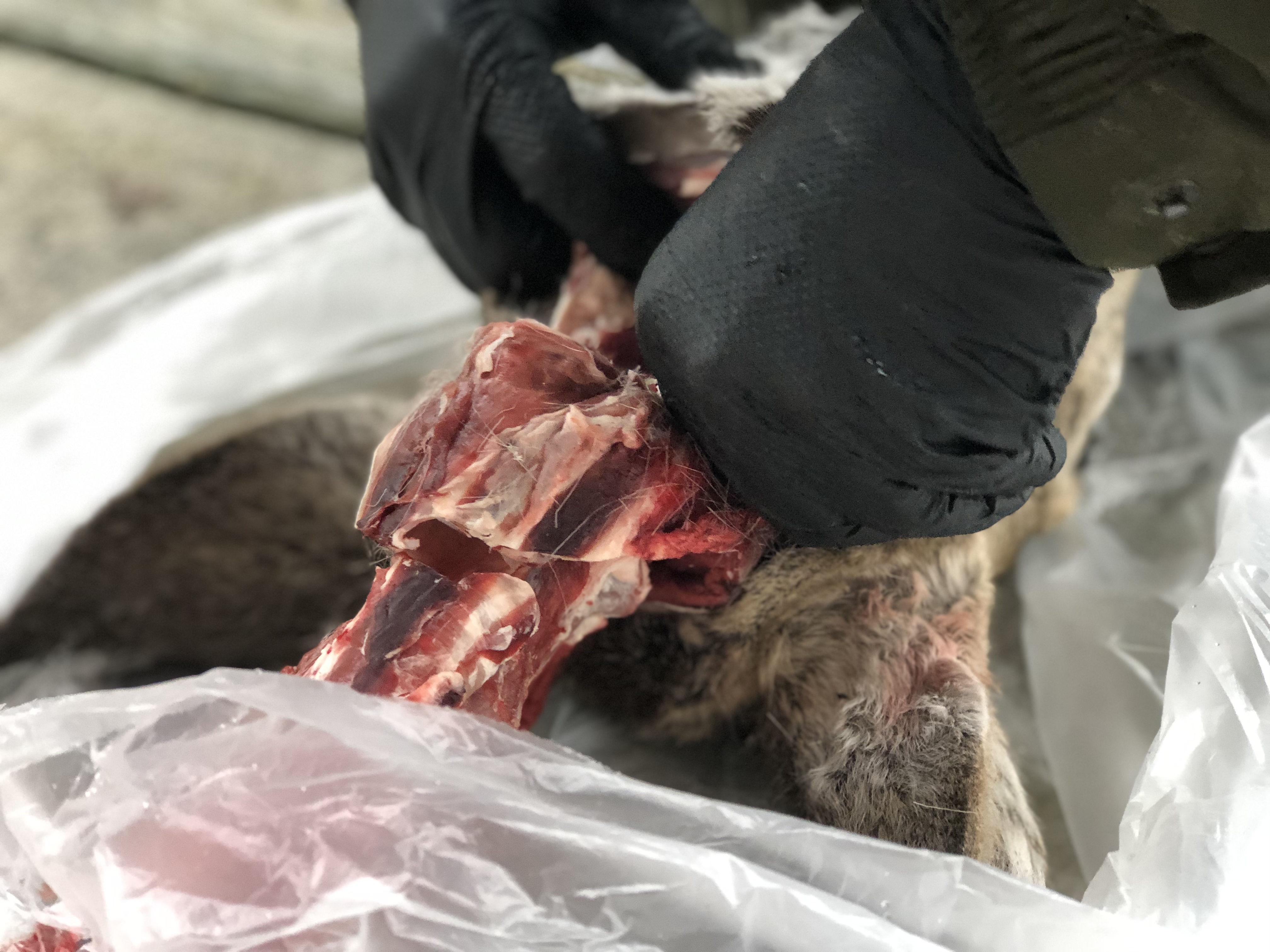
With the incision open, you’ll see several organs that will help you find the lymph nodes. At the top are the wind pipe and larynx. Below them are two salivary glands. At the bottom of the incision are small muscles. The lymph nodes are generally found between the salivary glands and the muscles below them. Visibility of the lymph nodes may improve by holding the wind pipe up and forward.
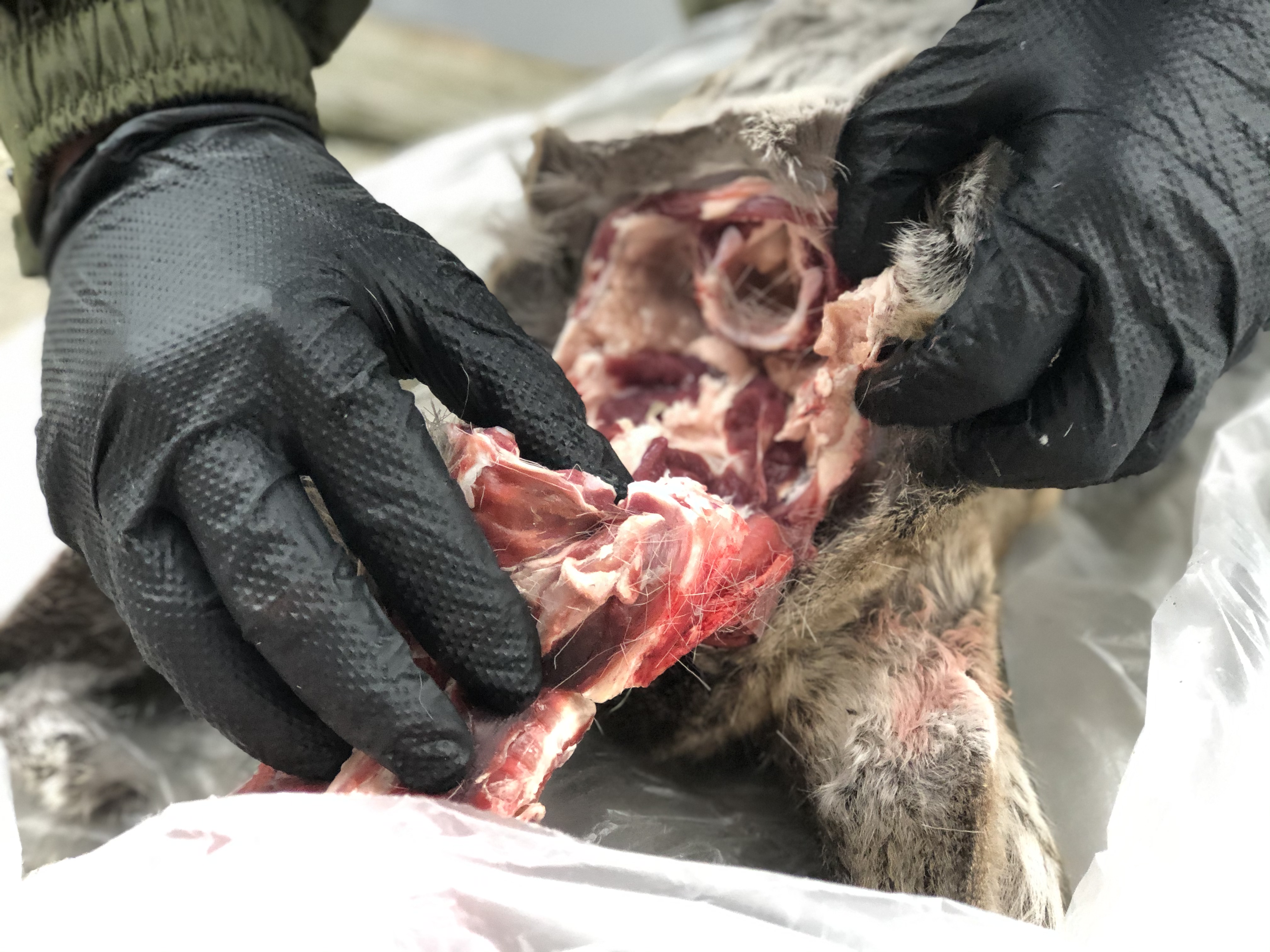
Separate these tissues by hand or with a knife. Once the lymph nodes are identified, remove them by cutting away the adjoining tissue. Then place them in a sealable plastic bag for storage. They should be kept cool or frozen.
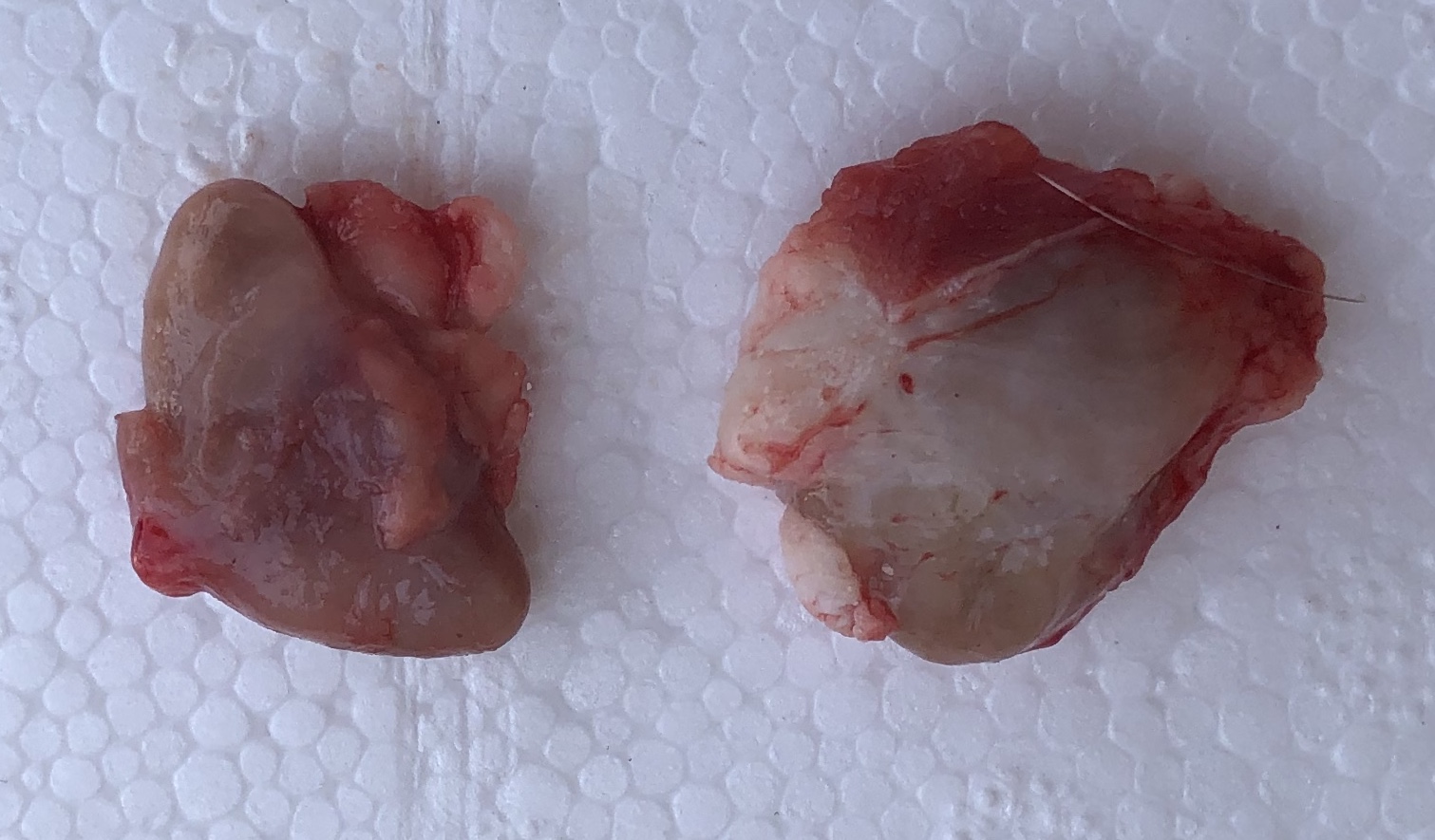
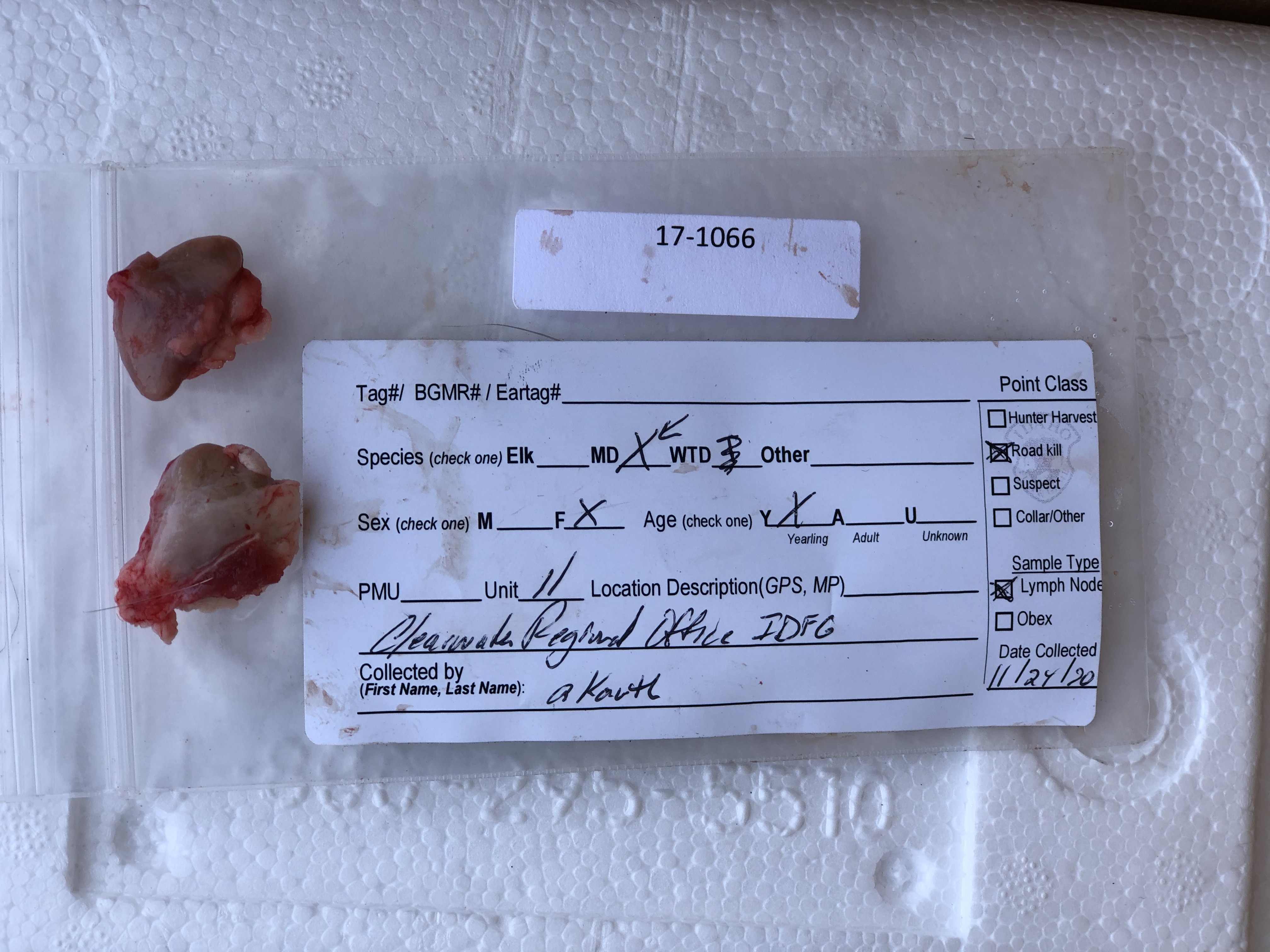
CWD Sample Submission Guide
1. Collect the lymph nodes according to the instructions above.
2. Put the lymph nodes in sealed plastic bag: Ziploc bags or a similar brand work best. Double bag the sample and wrap it in a paper towel.
3. If you want to collect your own samples and drop them off at a regional office location to be shipped, staff will take your sample and collect accompanying data from you at that time, including the tag number, unit that the animal was harvested, general location description, species, age, sex, and your contact information. You will be issued a CWD ID# at that time.
4. If you plan to mail the samples directly to our Wildlife Health Lab, please follow the instructions below.
5. Your samples must be bagged and labeled to be testable. Sample bags can be acquired at a regional office. Results will be available online within 3-4 weeks. Be sure to record the location of harvest as accurately as possible. Samples without location information will not be tested.
6. Shipment: Place the bagged samples and a cold ice pack in a small box or shipping envelope and send via your choice of postal carrier. Do not freeze water in a Ziploc bag to use as a cold pack. It will leak and carriers may not deliver a leaking package. We recommend using a carrier that will deliver your samples within 24-48 hours to prevent the samples from spoilage. Please try to ship your samples on Monday, Tuesday or Wednesday of each week, and avoid shipping on holidays, to prevent the samples from sitting over the weekend.
7. Send to:
IDFG Wildlife Health Lab
1820 S. Trout Road
Eagle, ID 83616
8. There is no cost for the test.
Use your CWD ID # to check online for results. Samples may take several weeks to process.
If you have questions regarding CWD sample collection, please email the Wildlife Health Lab or contact an Idaho Fish and Game regional office. Thank you for your help monitoring wildlife health in the Clearwater Region!

